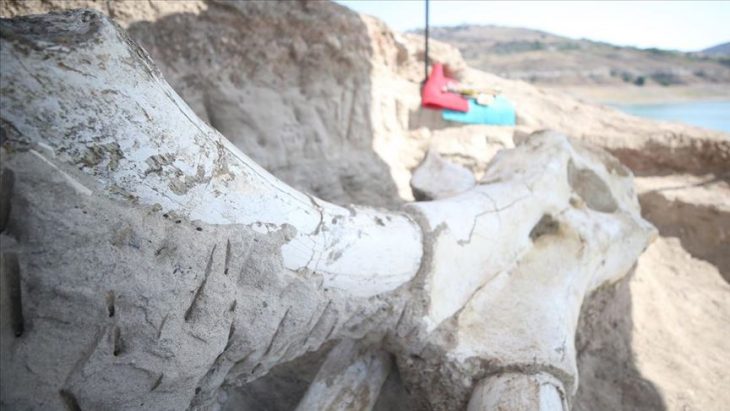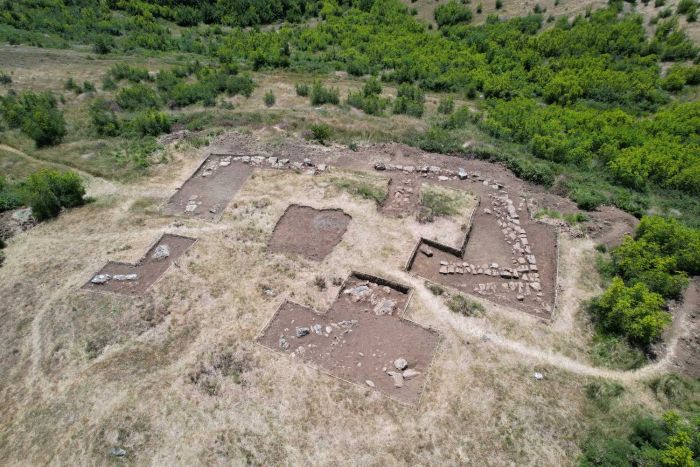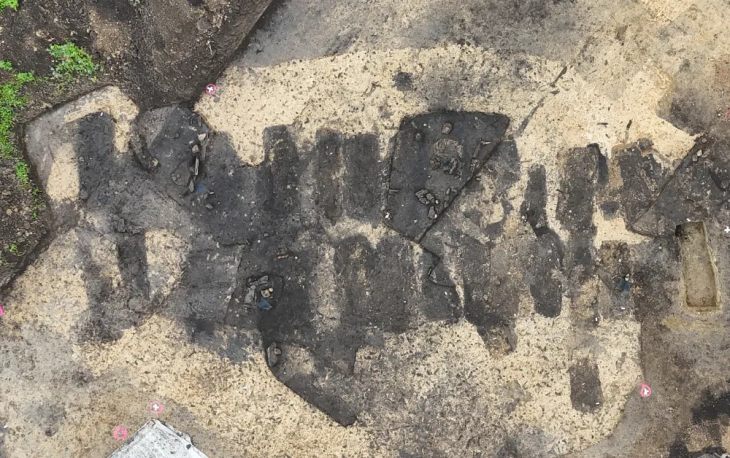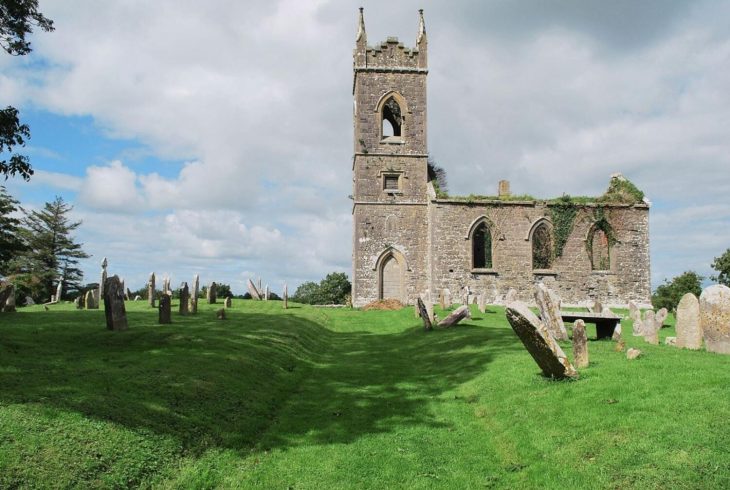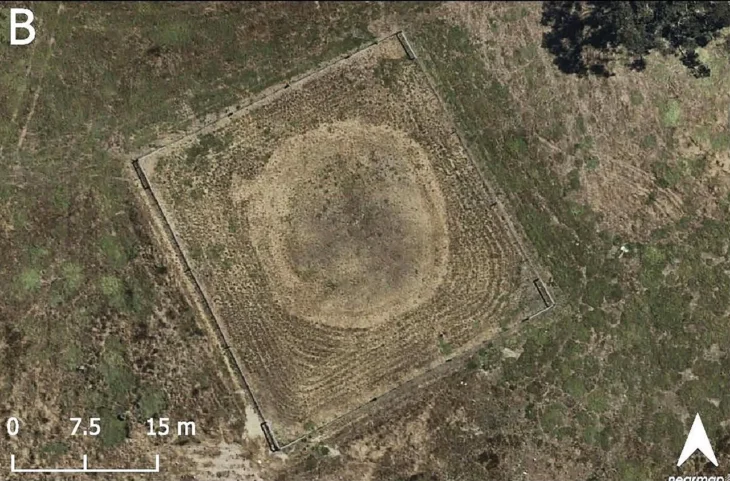124 artifacts made of stone, ceramics, and metal were discovered during archaeological excavations in the Church of the Holy Mother in the town of Melnik in the Blagoevgrad province of southwestern Bulgaria.
Recent archaeological excavations have unearthed treasures that connect fragments of history, providing a glimpse into the medieval and early modern lives of this Bulgarian town.
Two in particular stand out among the findings. A second fragment of a medieval inscription from the 13th-14th centuries hints at the church’s initial construction period, while a fragment of a marble relief plate from the 18th or early 19th century, depicting seraphim, showcases the artistic and religious expressions of the time.
The church under study has two main stages of construction. The first is from the ΧΙΙΙ – ΧIV century, and the second – from the middle of the 19th century. In 2023, efforts were concentrated in two sectors.
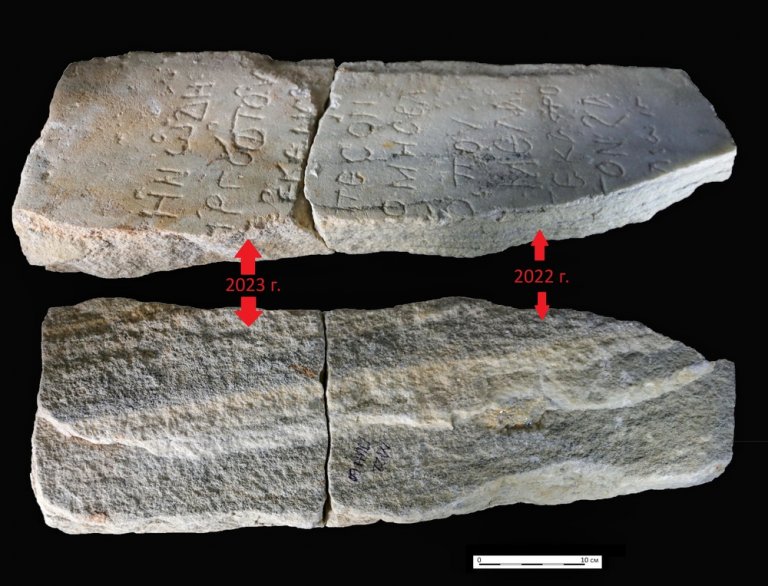
First, a part of the floor of the church’s reenactment stage was revealed. The apse of the church from the 13th – 14th centuries was examined underneath, and it was determined that the total length of the previous church in this period was 17.35 m and had a single apse.
The excavations were held for the second consecutive season in 2023 with the financial support of the Municipality of Sandanski.
Work in the coming seasons will determine precisely when the temple was first built. In the second sector, restorers worked to remove a layer of frescoes from the 13th and 14th centuries. According to BTA, It stated that as a result of the work in the National Archeological Museum of the Bulgarian Academy of Sciences (NAIM-BAS), some of the frescos were saved despite severe fragmentation.

In the Middle Ages, Melnik was a border town between the Bulgarian and the Byzantine empires. It was a big city on the main road to Thessaloniki. However, today it has 325 official inhabitants and no one would suggest that only a century ago more than 10 000 people lived here.
Historians and archaeologists as well as the locals are excited about the discoveries made at the Church of the Holy Mother. The potential to include this site in a tourist route as a vital historical monument could breathe new life into Melnik.
The archaeological site is presented with a poster in the Bulgarian Archaeology 2023 exhibition, at the National Archaeological Institute, and will be shown there until May 15, the museum team said.


